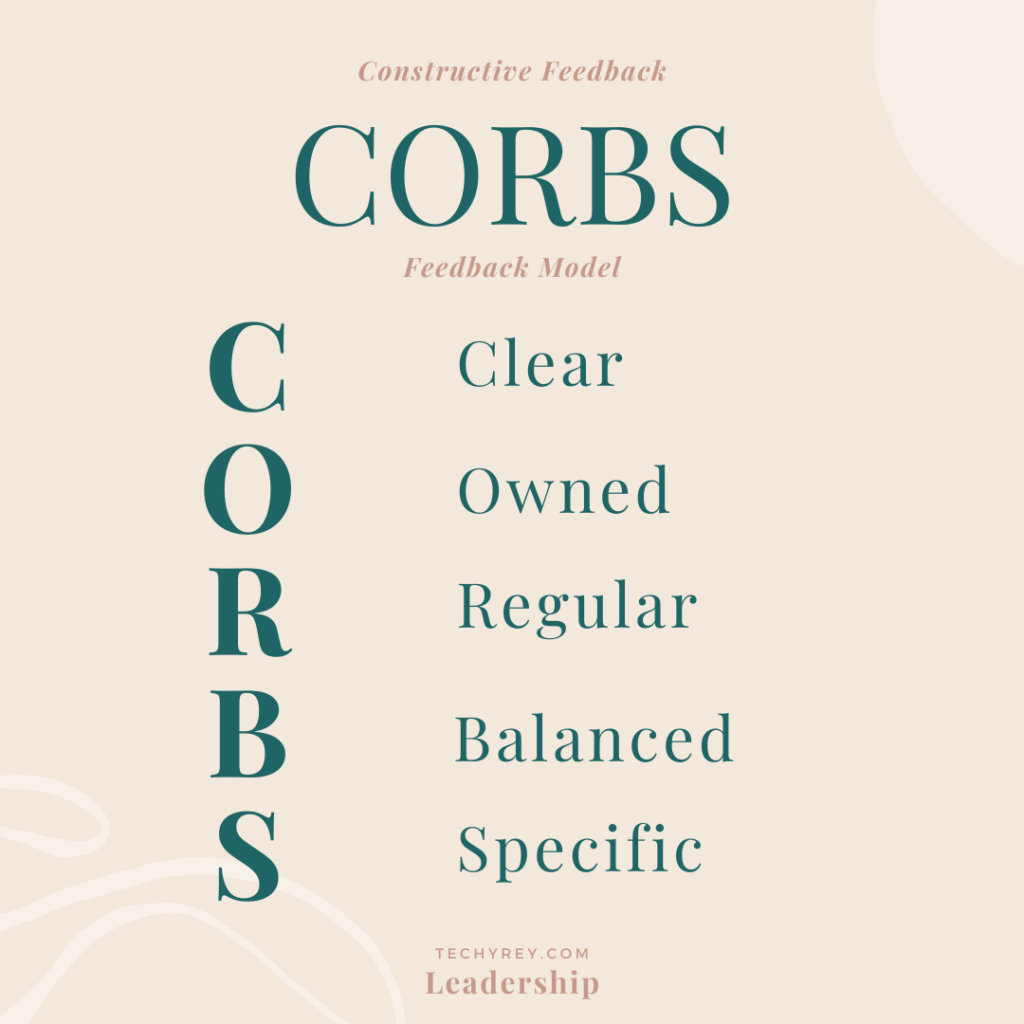
How to give constructive feedback (and not sound like a d**k) Part 2
In part 1 of How to give constructive feedback (and not sound like a d**k) we looked at getting into the right mindset both before and during the delivery of feedback. This addresses any anxiety you may have and avoids your feedback to be misunderstood, many of us don’t even want to give feedback because sometimes it sits outside of our comfort zone. If you’ve not read part one read it here, I suggest you have a read before cracking on with part 2!
In part 2 we will be looking at feedback models, these models can be used as a baseline structure around delivering feedback, they relate to fast and frequent feedback rather than once a year kind of feedback. This is because delivering feedback often is important for team transparency and personal development. These models aren’t designed to be complex, so don’t worry about having another thing to think about when delivering feedback. If you’re ready, have a read around some of my favourite tools/techniques you can use when giving feedback read on to see how each model works.
1. STAR

Situation/ Task– This ST part of the STAR is you can use either depending on what best describes the situation you were in. It could be to give feedback as a situation or if it was a specific task faced. This part is for context and to build the whole picture.
Action – Explain what action was taken in the situation, which action did they take? Either positive or negative, highlighting the actions and talking through them makes it clear on the feedback’s purpose and maps out that journey.
Result – Describe the outcome of the situation. Following the break down of the actions what was the result of those actions? It’s important to be specific here in order to determine the positives and negatives which enables the person to learn from this situation and apply to the next situation/task.
2. CORBS

Clear – Be clear with the feedback which you will deliver. Target specific points, this will help the person understand and create clear goals.
Owned – Remember that this feedback isn’t law nor fact, it’s your opinion, you own this and you are taking ownership to deliver this.
Regular – Be regular with your feedback, you’ve heard of little and often? Small changes can be easier to deal with when both giving and receiving feedback.
Balanced – Have a balance between positive and negative feedback. This really helps with managing any emotion and sensitivity. Remember that telling them how great everything is and there’s no room for improvement can be just as toxic as telling them everything is negative and nothing went right. This needs to be avoided as it helps no one.
Specific – Don’t be too general with your feedback, be specific with the feedback you’re giving to target specific behaviours, situations or tasks.
3. SBI

Situation – Describe the situation, as mentioned before, be specific with the situation or task.
Behaviour – Describe the behaviour observed, what was it about the behaviour that lead to the next step?
Impact – Describe how you felt, and what you thought in reaction to that behaviour, what happened as a result of the behaviour.
There are many models for feedback, but these are some great tools that you can put into practice asap. Using these models and channelling the mindset from part 1 you will be enabled to deliver fast constructive feedback without overthinking, or being destructive.
What’s you’re go to feedback model to use? Let me know in the comments.




